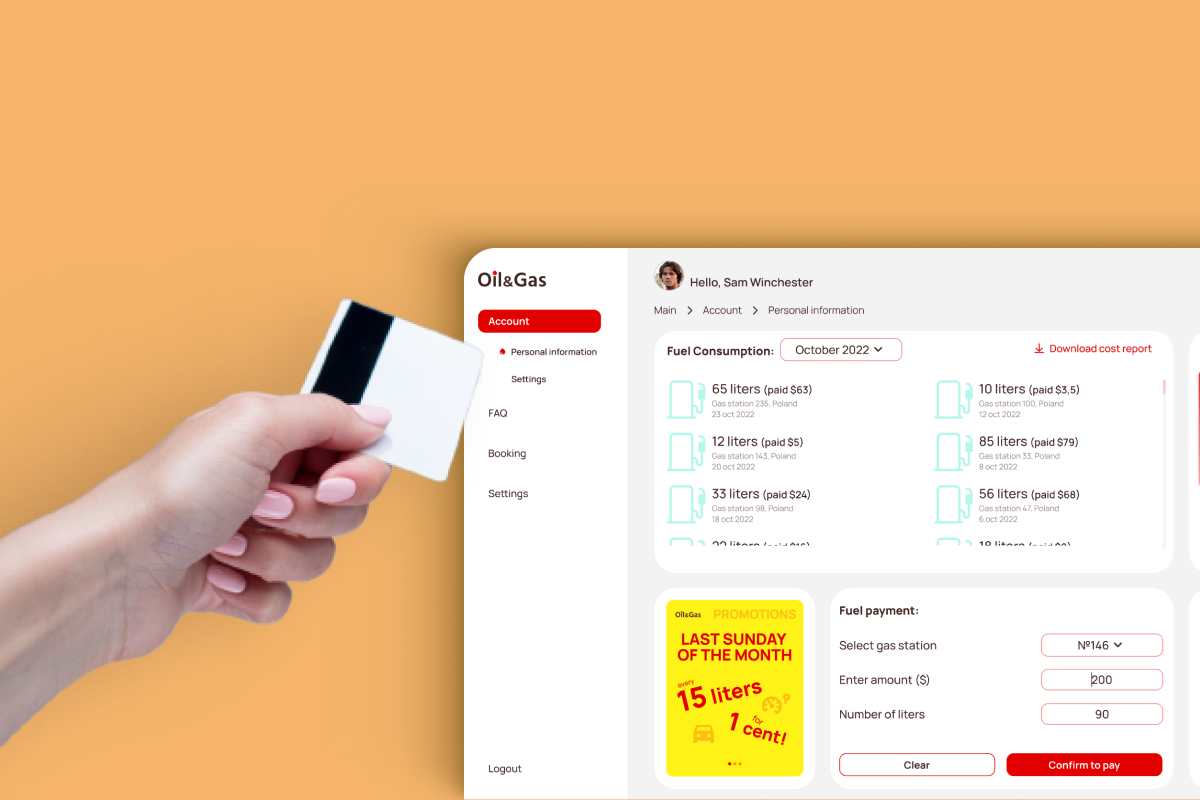All Technologies Used
Motivation
The customer faced inefficiency and human errors when manually reading data from meters, which include scanned graphs, barcodes, and handwritten notes. Azati’s goal was to automate the data extraction process, increase accuracy, and reduce the dependency on manual intervention.
Main Challenges
The equipment printed data on round discs, which were scanned and sent to the system for reading and processing. Azati developed an algorithm to unfold the round disk and convert the image into a rectangular format to trace and read the coordinates of the curves accurately.
The graphs contained multiple curves with different colors, sometimes overlapping with the background. Azati trained a neural network to accurately select and highlight curves of different colors, even when extraneous interference occurred, ensuring accurate reading of each curve.
The customer had multiple partners using different types of equipment, generating data in various formats. Azati created a neural network that identified the input data's format, categorized it, and routed it to the correct data processor for processing.
Handwritten data, such as dates and numbers, presented challenges due to variability in legibility. Azati used Google Tesseract along with a trained neural network to recognize handwritten data from multiple regions of the scanned images, overcoming issues caused by human factors like haste or poor handwriting.
Our Approach
Want a similar solution?
Just tell us about your project and we'll get back to you with a free consultation.
Schedule a callSolution
High-Accuracy Barcode Processing
- Automated barcode extraction from scanned images
- Recognition of multiple barcode types and formats
- Integration with downstream processing pipelines
- Error detection and correction for damaged or incomplete barcodes
Curve Recognition on Graphs
- Identify and separate multiple curves on a single graph
- Handle overlapping lines and noise in scanned images
- Extract coordinates for quantitative analysis
- Support various graph formats from multiple equipment sources
Handwriting Recognition
- Detect handwritten regions within images
- Transcribe dates, numbers, and notes
- Handle variations in handwriting style and legibility
- Support multi-region recognition for complex forms
Custom Neural Network Routing
- Detect and classify data format automatically
- Route data to the correct processing service
- Maintain high recognition accuracy across formats
- Adapt to new equipment and partners without system redesign
Business Value
Reduced Manual Effort: Automated reading of meter data decreased the need for human operators and reduced errors.
Improved Accuracy: High-accuracy recognition of curves, barcodes, and handwriting increased reliability of operational data.
Operational Efficiency: Faster data processing improved decision-making and resource tracking for oil & gas operations.
Scalable Automation: The solution accommodates multiple equipment types and data formats, ensuring scalability across partners.
Foundation for Further Digitalization: Handwriting recognition improvements and pipeline automation set the stage for fully digital workflows.











